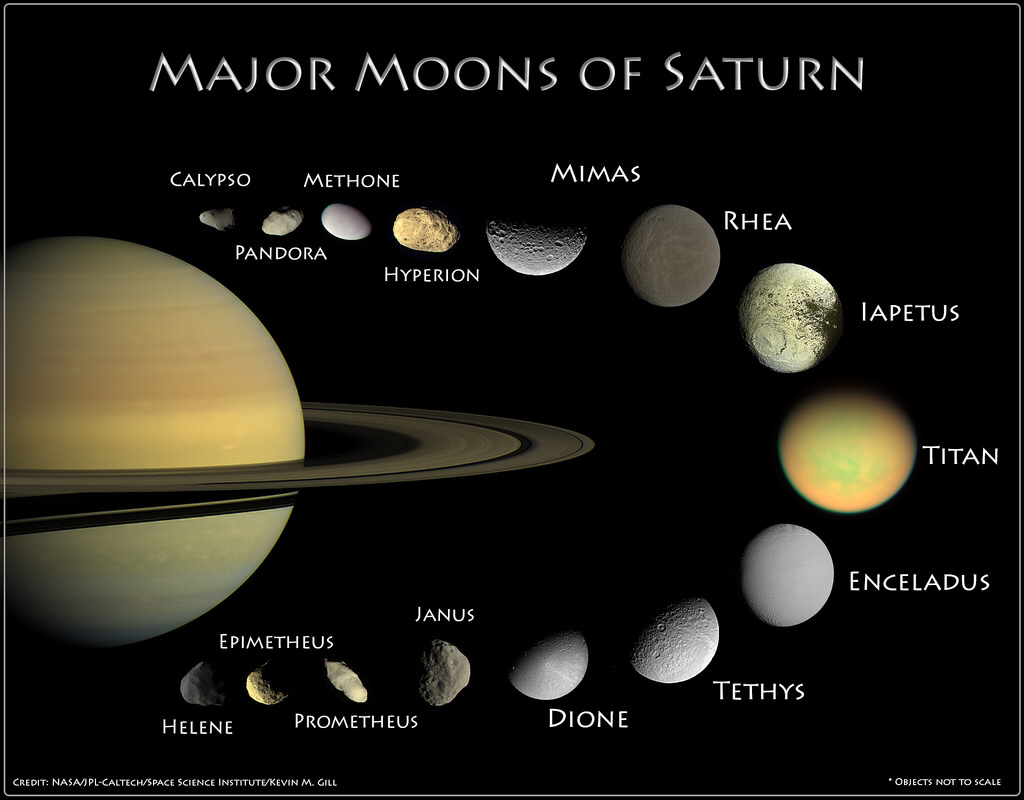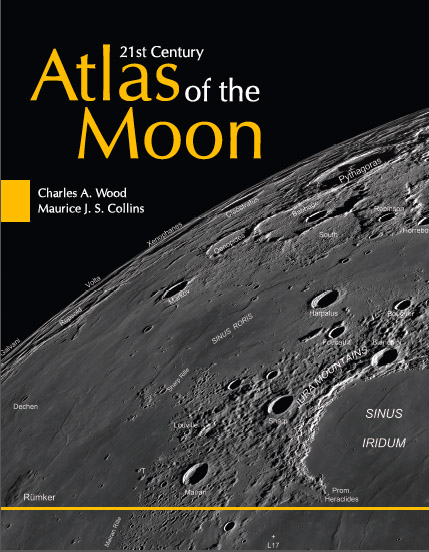

The inner engine, sometimes referred to as the sustainer engine, remained permanently attached to the rocket, while the two outer engines, known as booster engines, were used only during the first few minutes of flight.Īs the rocket rose into the air, fuel was consumed at a fast rate. First of all, of the three main rocket engines on the Atlas, only one remained with the Atlas all the way to orbit. The radical solution developed was two fold. Using conventional staging, with second stage engines starting in flight, would simply be too unreliable given 1950's technology.
The only way to ensure that a rocket started correctly was to start the engines while the rocket was still on the ground. However, chemical rockets of this era could not be reliably started. Clearly, there were significant benefits to the concept of 'staging', or the dropping of used engines and fuel tanks to lighten a rocket as it heads toward orbit. In the 1950's, rocket designers faced a number of serious challenges. One unusual feature of the Atlas rocket is its unique staging system.

Over the last 50 years, more than 600 Atlas rockets have flown. Although its career as a nuclear armed missile was short-lived, the Atlas has evolved into one of the worlds premier satellite launchers. Other Stuff Store Archives Graphics Wallpapers AboutĬontact Information Email Richard Historic SpacecraftĪtlas Rockets Atlas Rockets Overview 50 years of RocketryĪtlas was the name given to Americas first operational ICBM. Reference Spaceflight Links Shuttle Flights Master Index Timeline Acronyms Quotes Apollo Capsules Commercial Gemini Lunar Module Mercury Military Spacecraft Shenzhou Soyuz Space Shuttle Vostok & VoskhodĪtlas Delta / Thor Jupiter Orbital Redstone Saturn I & IB Saturn 5 SpaceX Titan Upper Stages Other RocketsĬhinese European Indian Japanese Russian V-2 (A-4) Other NationsĪsteroid / Comet Discovery Lunar Missions Outer Planets Mariner Mars Pioneer Telescopes Venus Probes


 0 kommentar(er)
0 kommentar(er)
